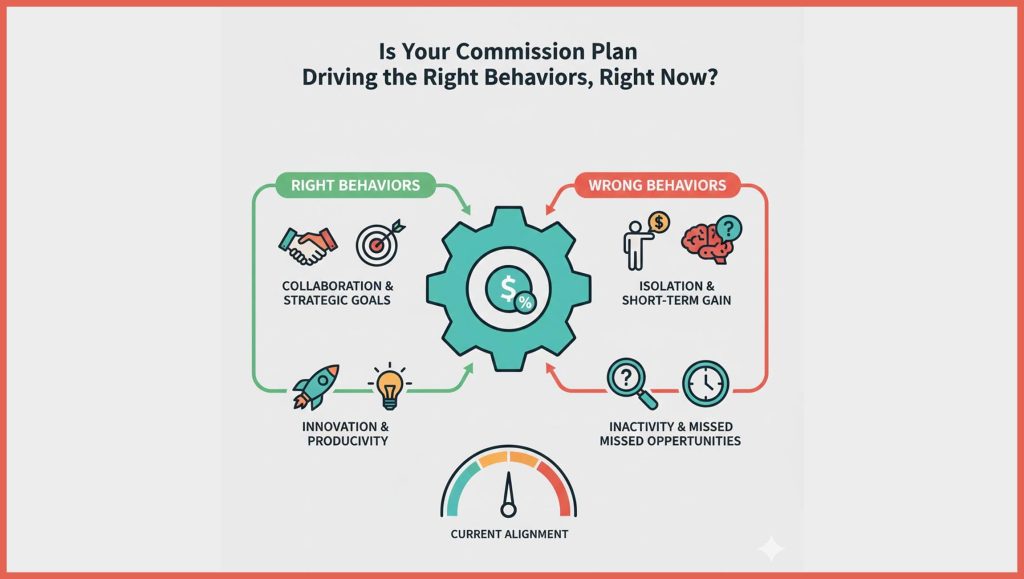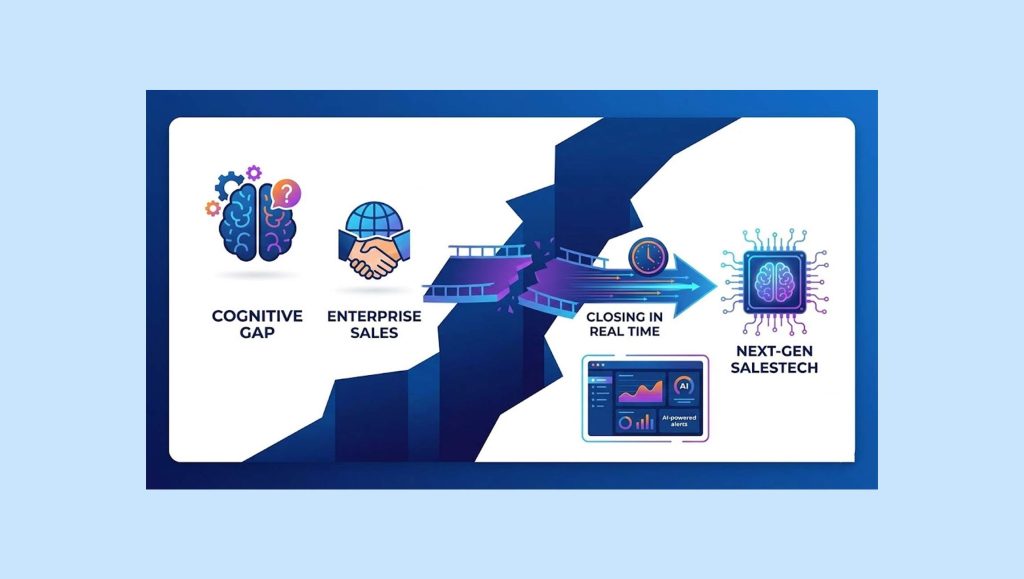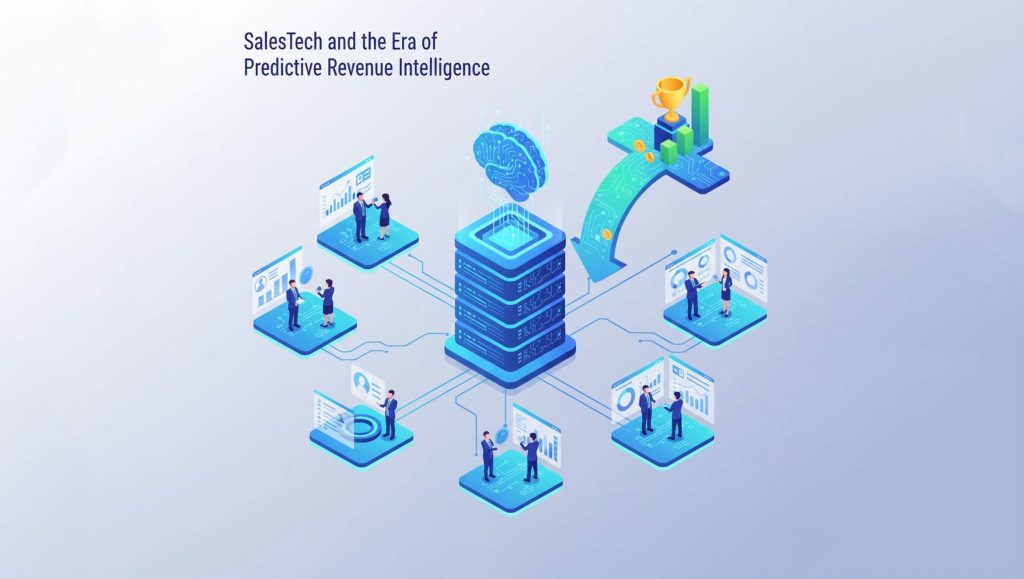Many consumers assume that online shopping offers the most competitive prices, as they can easily compare prices across online retailers. However, a new study by MIT Sloan School of Management Prof. Roberto Rigobon and IESE Business School Prof. Diego Aparicio, reveals that online prices set by algorithms are not necessarily the lowest.
Read More: Digital Transformation Driving Process Discovery & Task Mining Implementation, Blueprint…
Their study focused on online grocers including Amazon Fresh and Walmart Grocery, which set prices via algorithms and constantly experiment for the optimal price. As a result of this experimentation, online prices often change within a few hours and prices differ across delivery zip codes.
“The old saying about buyer beware remains,” says Prof. Rigobon. “Consumers have only been making online purchases for the last 10 years and are still learning about these practices. Online retailers are taking advantage of our ignorance, and it’s up to consumers to stay alert if they care about getting the lowest price.”
Aparicio, who worked on this research as a PhD candidate at MIT Sloan, notes, “Many consumers are aware of algorithmic pricing when it comes to things like airline tickets and ride shares, but they don’t necessarily expect it with products such as groceries. However, algorithmic pricing means that the price at Amazon Fresh for the same 12-pack of Coke is different in Miami than in New York. It also means that the price of Coke at Amazon Fresh and Walmart Grocery will be different, even for a 12-pack of Coke being delivered to the same zip code in Brooklyn.”
He further points out that neighbors purchasing the same 12-pack of Coke from different online grocers will see more price differences than if they shopped in a physical store. “This is surprising because a consumer can easily check competitors’ prices, which you would think would lead to greater transparency and convergence of prices. Yet, this only happens occasionally.”
The study also shows that the price differences were not related to demographics. While consumers might expect higher prices in wealthier zip codes, that was not the case. Aparicio attributes this to the flexibility of algorithmic pricing to fine-tune prices. “The sensitivity of consumers to prices appears to be more important to the algorithm than the wealth of those zip codes,” he says.
Read More: Five9 Named A 2021 UK’s Best Workplace In Tech





















